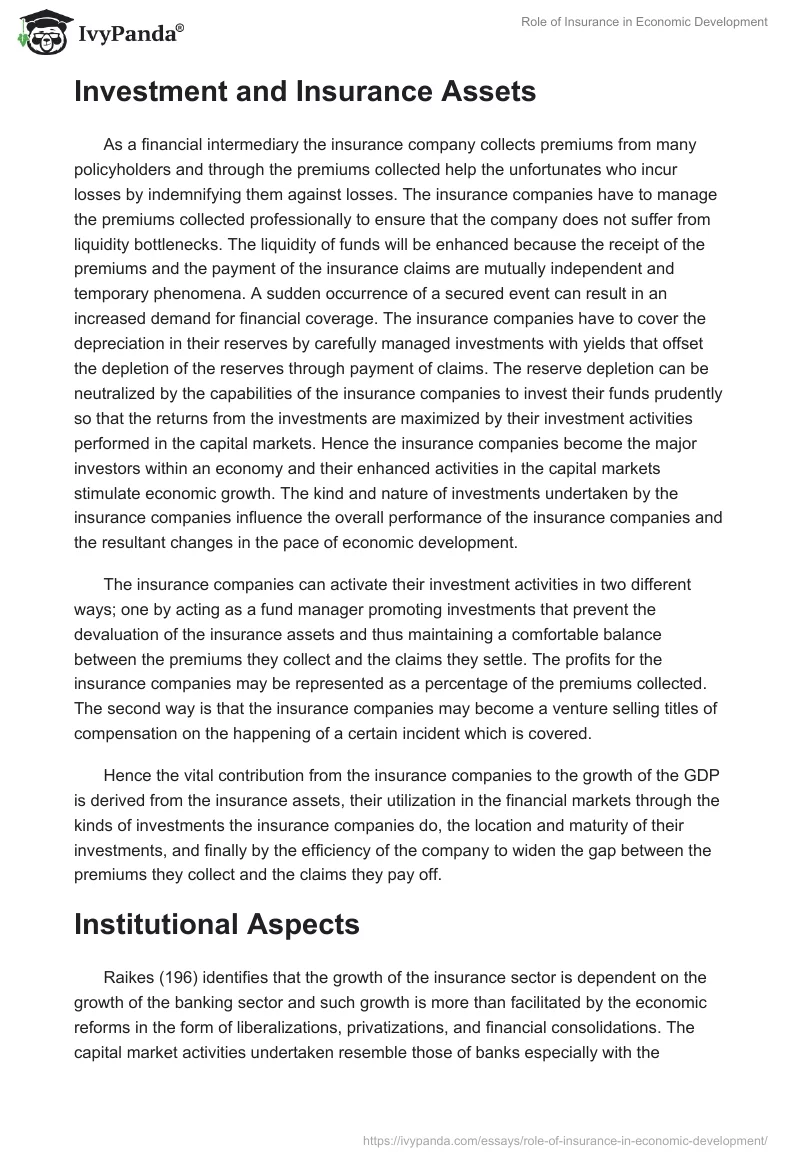A Biased View of Pacific Prime

This decrease of almost 2 million in the variety of people 'without insurance (a decrease of about 4 percent) is certainly a favorable adjustment. With a softer economic situation in 2000 the most recent reported gains in insurance policy protection may not continue (Fronstin, 2001) (global health insurance). The decrease in the variety of without insurance will certainly not continue if the economic climate continues to be sluggish and healthcare prices remain to outpace inflation
This is due to the fact that the information were collected for a period of solid financial efficiency. Of the approximated 42 million people who were uninsured, all yet about 420,000 (about 1 percent) were under 65 years old, the age at which most Americans come to be qualified for Medicare; 32 million were grownups between ages 18 and 65, about 19 percent of all grownups in this age; and 10 million were kids under 18 years old, concerning 13.9 percent of all children (Mills, 2000).
These price quotes of the number of individuals without insurance are generated from the yearly March Supplement to the Present Populace Study (CPS), carried out by the Census Bureau. Unless or else kept in mind, nationwide estimates of people without medical insurance and percentages of the populace with various type of protection are based on the CPS, the most extensively made use of source of estimates of insurance coverage and uninsurance prices.
The Facts About Pacific Prime Uncovered

Still, the CPS is particularly helpful due to the fact that it produces annual price quotes reasonably quickly, reporting the previous year's insurance policy protection estimates each September, and because it is the basis for a consistent set of estimates for greater than 20 years, permitting analysis of trends in protection gradually. For these factors, in addition to the extensive use of the CPS in other researches of insurance protection that are offered in this record, we count on CPS quotes, with constraints noted.

The quote of the variety of uninsured individuals increases when a populace's insurance coverage status is tracked for several years. Over a three-year period starting early in 1993, 72 million people, 29 percent of the united state populace, lacked protection for a minimum of one month. Within a single year (1994 ), 53 million individuals experienced a minimum of a month without insurance coverage (Bennefield, 1998a)
Six out of every 10 without insurance grownups are themselves employed. Although functioning does improve the possibility that one and one's household participants will certainly have insurance policy, it is not an assurance. Even members of households with two permanent breadwinner have virtually a one-in-ten chance of being uninsured (9.1 percent uninsured rate) (Hoffman and Pohl, 2000).
An Unbiased View of Pacific Prime
New immigrants account for a substantial proportion of individuals without medical insurance. One evaluation has associated a considerable portion of the recent development in the size of the united state uninsured population to immigrants who showed up in the nation between 1994 and 1998 (Camarota and Edwards, 2000). Current immigrants (those who came to the USA within the previous 4 years) do have a high rate of being uninsured (46 percent), yet they and their kids account for simply 6 percent of those without insurance policy nationally (Holahan et al., 2001).
The connection between medical insurance and access to care is well established, as recorded later on in this phase. The partnership in between wellness insurance and wellness results is neither direct neither basic, a substantial clinical and health solutions research literature web links wellness insurance policy coverage to enhanced accessibility to care, better top quality, and enhanced individual and population wellness status.
Levels of evaluation for examining the impacts of uninsurance. It focuses particularly on those without any type of wellness insurance policy for any type of length of time.
Pacific Prime Fundamentals Explained
The problems faced by the underinsured remain in some aspects similar to those faced by the without insurance, although they are typically less extreme. expat insurance. Uninsurance and underinsurance, nonetheless, include definitely different policy problems, and the techniques for resolving them might differ. Throughout this research study and the five reports to follow, the web major emphasis gets on individuals without medical insurance and thus no assistance in paying for wellness treatment beyond what is offered through charity and security web organizations
Health and wellness insurance is an effective variable impacting receipt of treatment due to the fact that both individuals and doctors react to the out-of-pocket cost of solutions - https://www.kickstarter.com/profile/pacificpr1me/about. Health and wellness insurance coverage, nevertheless, is neither needed neither adequate to access to clinical services. The independent and direct effect of wellness insurance policy protection on accessibility to health and wellness services is well established.
Others will acquire the health and wellness treatment they need also without medical insurance, by paying for it expense or seeking it from providers that supply treatment complimentary or at highly subsidized prices. For still others, wellness insurance policy alone does not make certain invoice of care as a result of various other nonfinancial obstacles, such as an absence of healthcare providers in their neighborhood, restricted accessibility to transportation, illiteracy, or etymological and social differences.
Some Known Questions About Pacific Prime.
Formal research about without insurance populations in the United States dates to the late 1920s and very early 1930s when the Board on the Expense of Medical Treatment produced a series of records concerning funding physician office brows through and hospital stays. This issue came to be prominent as the varieties of clinically indigent climbed up throughout the Great Clinical depression.
Comments on “The Buzz on Pacific Prime”